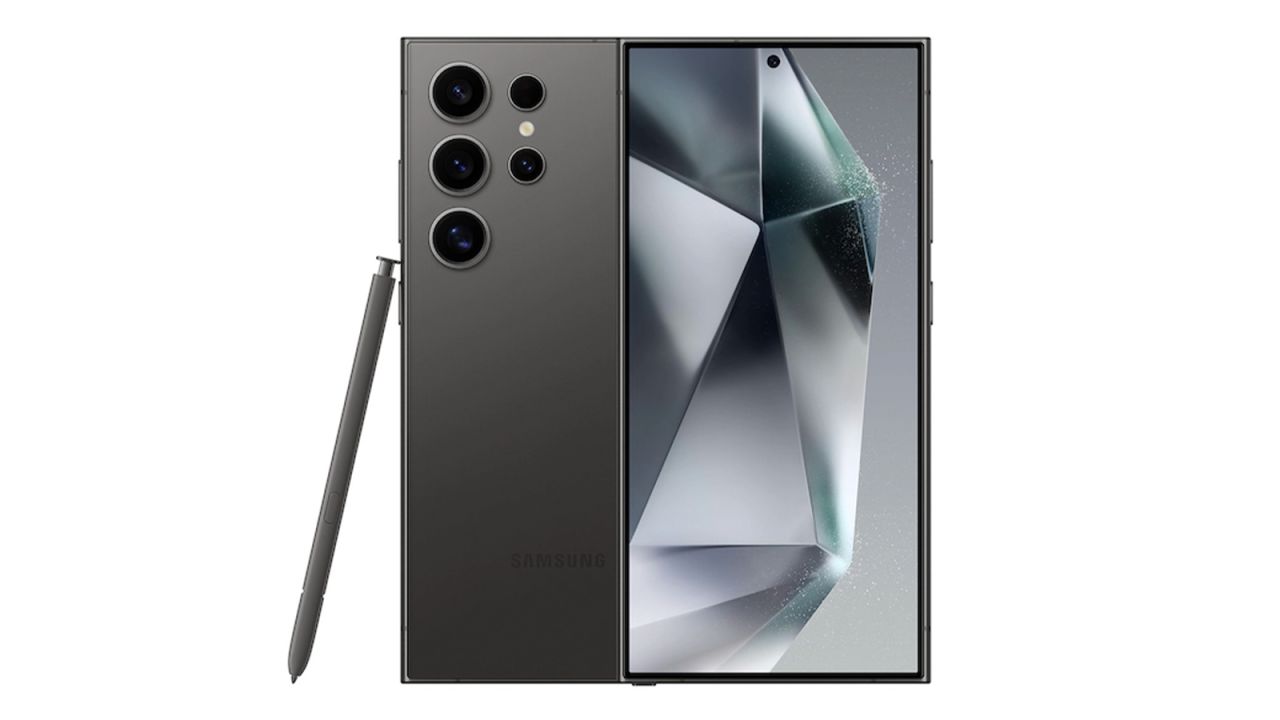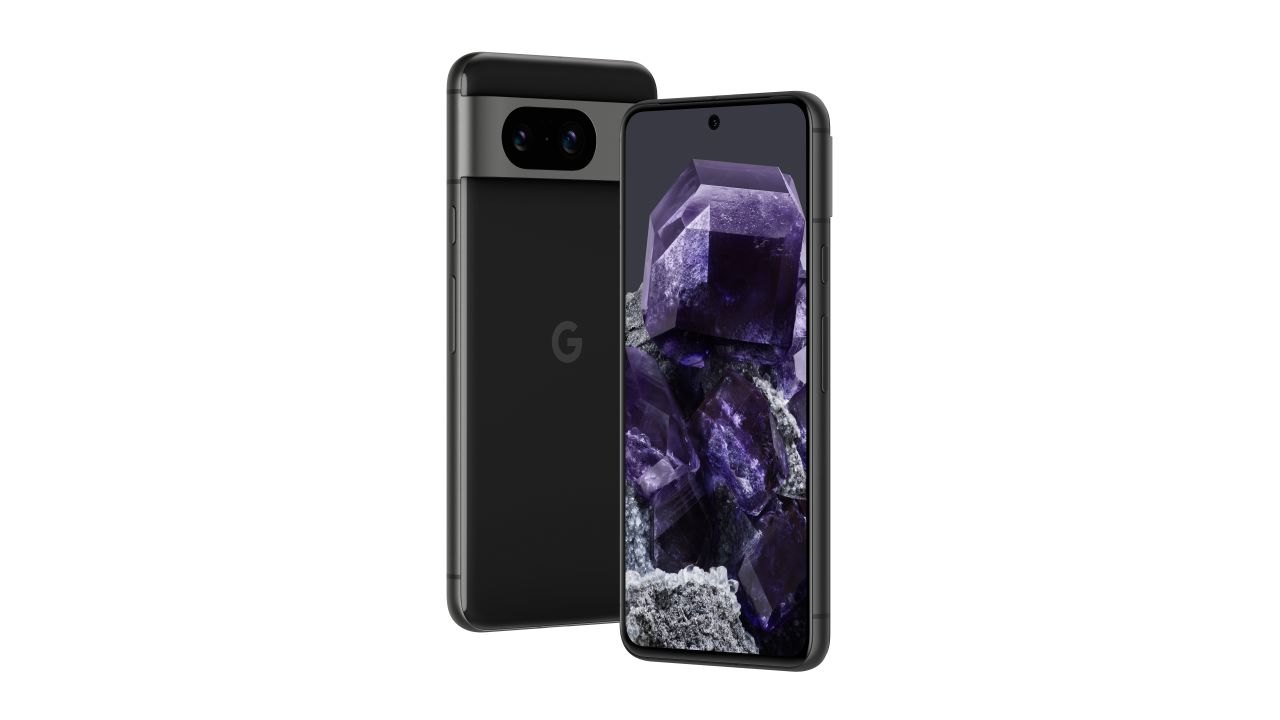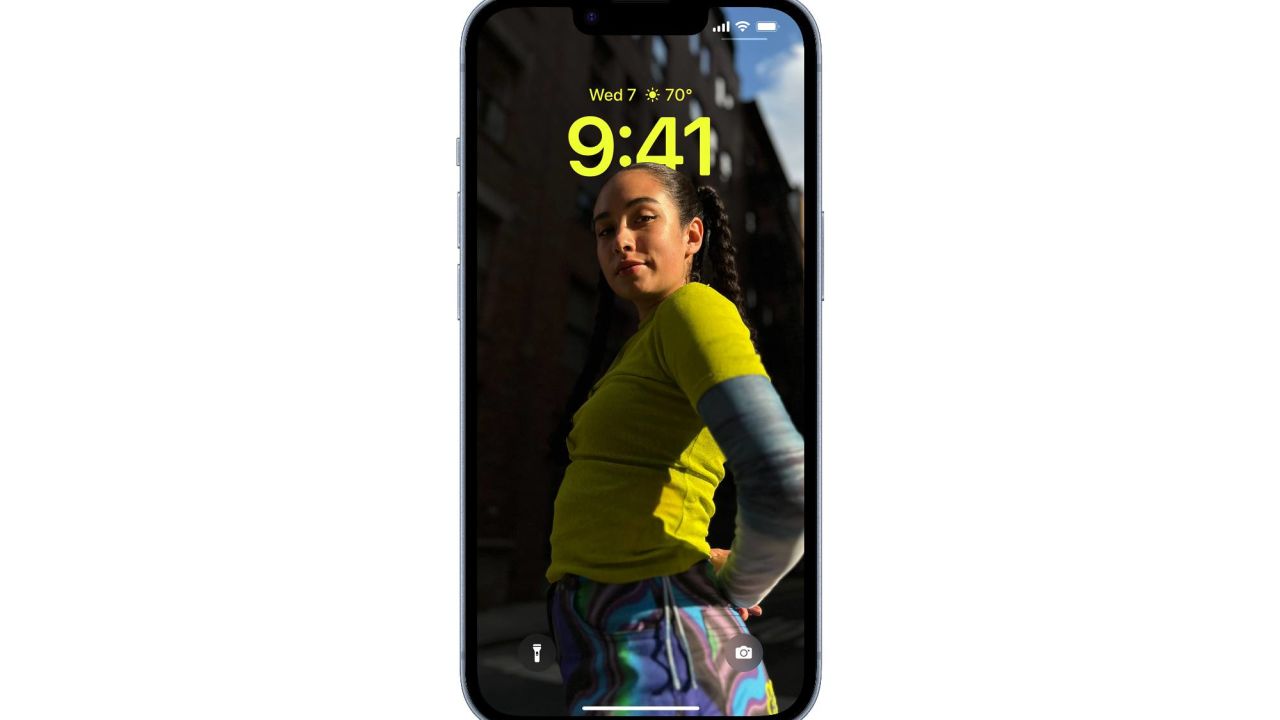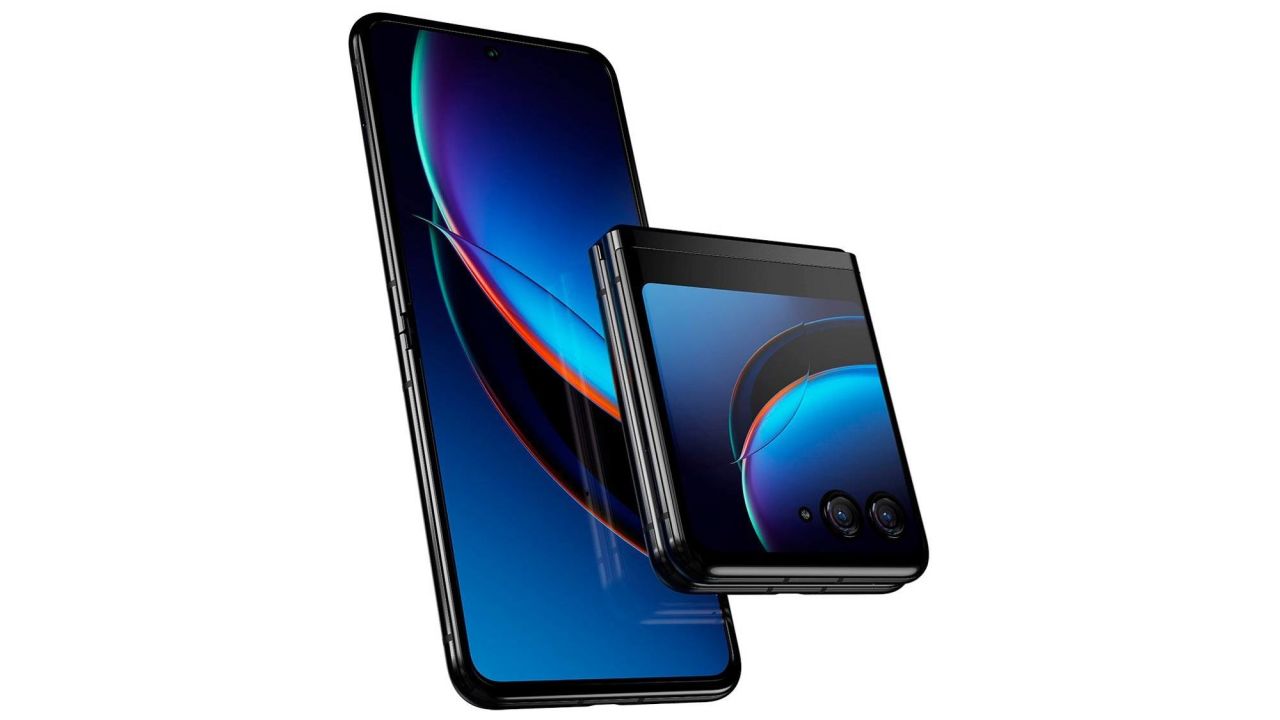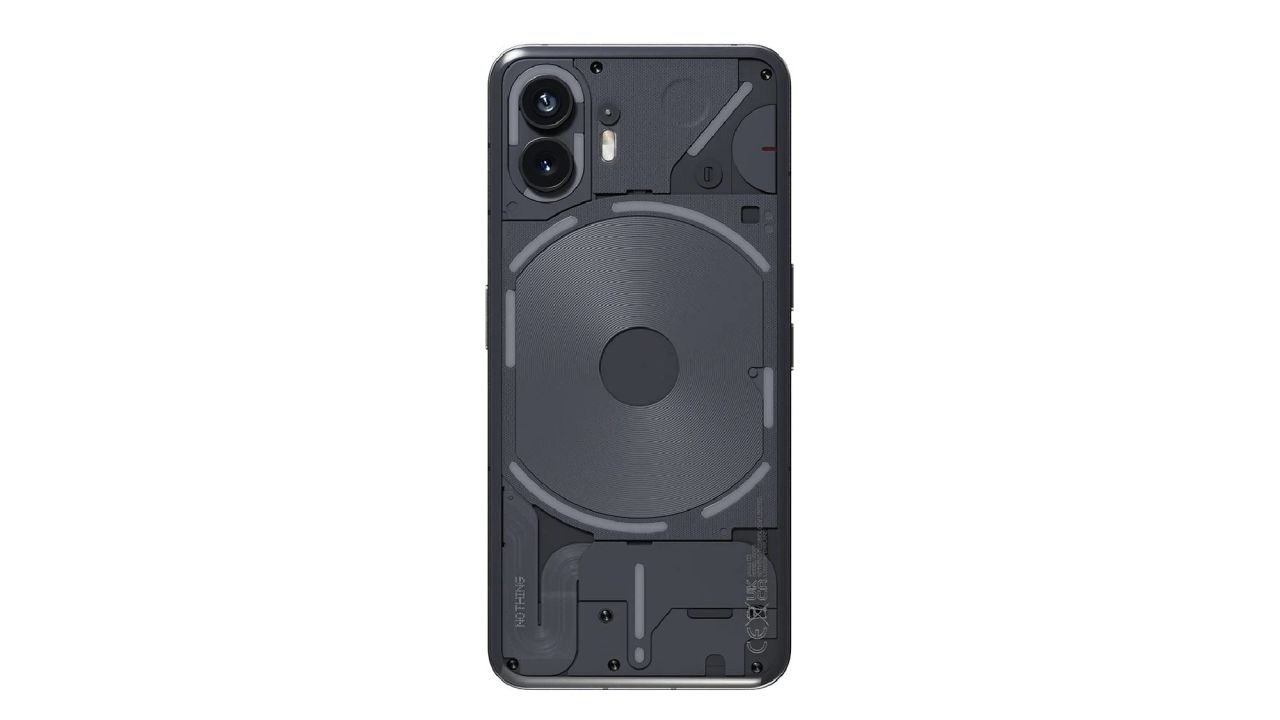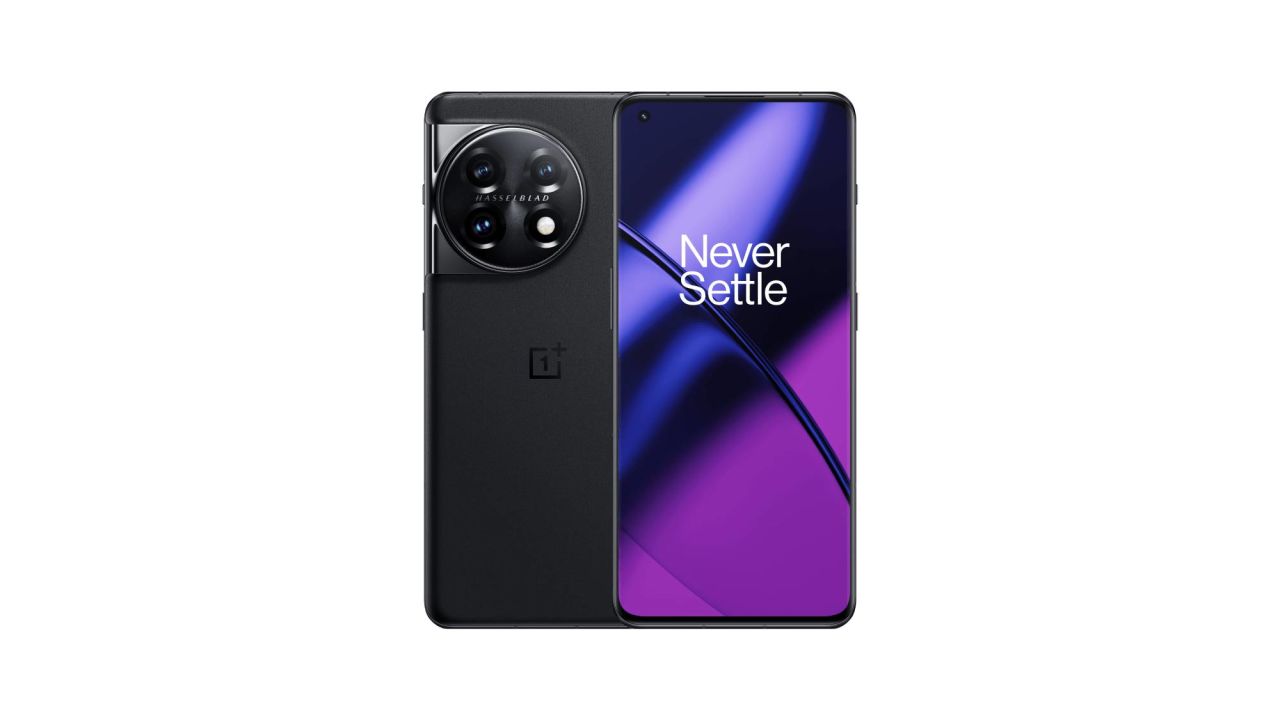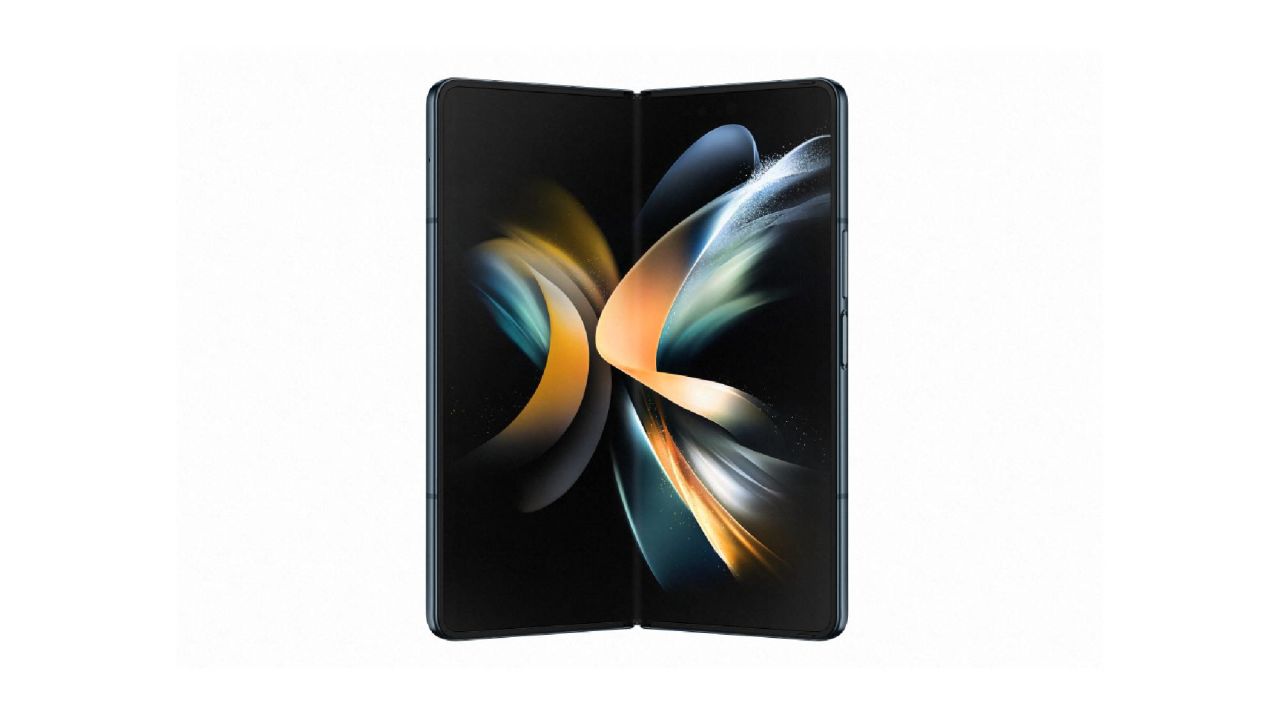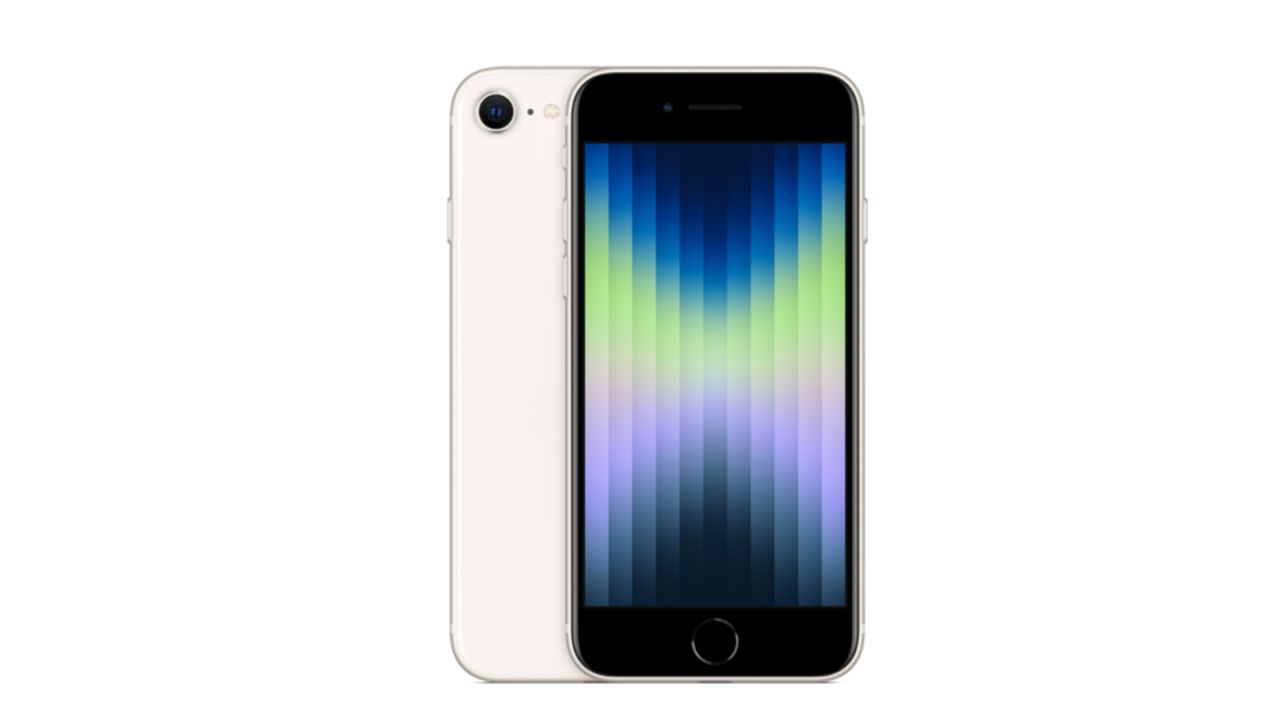The best smartphones we tested
Best smartphone: Apple iPhone 16
Best Android smartphone: Samsung Galaxy S24+
Best budget smartphone: Google Pixel 8a
Best big phone: Apple iPhone 16 Pro Max
Best foldable smartphone: Samsung Galaxy Z Fold 6
Smartphones are at the center of our digital lives: They’re what we use to communicate with loved ones, handle important business, binge on TikToks and everything in between. And since you’ll likely use your phone more than any other gadget you own, picking the right one to last you through years of use is crucial.
But with new phones coming out seemingly every month, it can be hard to figure out which one is actually right for you. That’s why we’re always testing the latest flagships from the likes of Apple, Google, Samsung and more to make sure you get the best smartphone for your needs.
The iPhone 16's gorgeous design, superb performance, long battery life, quality cameras and surprising amount of Pro-series features make it the best smartphone for most people.
Best smartphone: Apple iPhone 16
The base iPhone has long held our top spot as the best pick for most people, but this year’s model is especially easy to recommend. The iPhone 16 is a gorgeous, speedy and long-lasting handset that blurs the line between Apple’s standard and Pro phones more than ever — to the point where you probably won’t feel much FOMO if you save a few hundred bucks by skipping the latter.
All the things we typically love about a standard iPhone are accounted for here, including that same smudge-resistant matte finish from the iPhone 15 that feels great to the touch and looks especially awesome in this year’s suite of fun colors. While the iPhone 16 Pro continues to stick to uninspiring shades of Gold, Silver and Black, iPhone 16 hues like Pink, Teal and Ultramarine pop with personality — and are perfect for folks who like to show their actual phone off with a clear case (or none at all).

Don’t let its familiar look fool you, though. The iPhone 16 does a lot of cool new things, thanks to two additional buttons on its sides. The first is the convenient Action button that was exclusive to last year’s Pro models and can be customized to do everything from Shazam-ing a song to opening virtually any app with a quick press. The second is Camera Control, which is basically a superpowered shutter button that gives you an even quicker way to open your camera and snap some photos. You can also give it a light double-tap and slide your finger around to adjust things like focus, exposure and color filters on the fly. The latter comes with a bit of a learning curve, but being able to open your camera with a single click is really nice.
Whether you’re using these newfangled controls or just tapping the touch screen, you can count on the iPhone 16 to take excellent photos and videos in most settings — as long as you don’t care about getting high-quality zoom shots. There are a surprising amount of Pro-grade tools on offer here, including better Photographic Styles for nailing skin tones or just setting a vibe, Audio Mix for giving your videos more cinematic sound and spatial photo and capture for folks who happen to own an Apple Vision Pro.
The iPhone 16 is predictably fast and smooth, but its A18 chip enables some noteworthy new perks, including the ability to play console-grade games like Resident Evil 4 and Assassin’s Creed: Mirage that were once limited to the Pro series. It walloped virtually every competitor on our benchmark tests, which is to be expected, and came close to the iPhone 16 Pro, which is less expected but a pleasant surprise nonetheless.
As far as battery life goes, the base iPhone continues to be very good, even if it’s not quite the best. The iPhone 16 lasted a solid 15-plus hours on our recently revised 4K playback test, while the 16 Plus and its bigger battery endured close to 20 hours. Impressively, those times are within an hour or two of each phone’s Pro counterpart, though Samsung continues to be king on our tests with more than 24 hours from both the Galaxy S24+ and the Galaxy S24 Ultra.
Still, the iPhone 16 is a remarkably great $799 smartphone, especially for folks coming from an iPhone 14 or older. Unless you really need a good telephoto camera or value things like high refresh rates and an always-on display, you’ll probably forget you’re not even using a Pro.
Other smartphones we recommend
The Samsung Galaxy S24+ is the new Android phone to beat, getting you fast performance, good cameras and an Ultra-quality display for a non-Ultra price, not to mention the best battery life of any phone we’ve tested.?
With a gorgeous design, long battery life, lots of AI smarts and virtually the same smooth performance and excellent camera chops of the standard Pixel 8, the $499 Google Pixel 8a isn't just a great budget phone. It's one of the best smartphones you can buy, period.
If you want an extra-large screen (and an extra-large battery to match), the practically tablet-like iPhone 16 Pro Max is the best we've used, thanks to its gorgeous display, great cameras and stunning performance.
The Galaxy Z Fold 6's gorgeous display, fantastic battery life and great cameras make it the best big-screen foldable we've used and a great pick for heavy multitaskers willing to splurge.
How our recommendations compare
| Display | 6.1.-in, 2556 x 1179 or 6.7-in. 2796 x 1290 Super Retina XDR display |
6.7-in. 3088 x 1440 Dynamic AMOLED 2x display |
6.1-in. 1080 x 2400 Actua OLED display |
6.9-in, 2868 x 1320 Super Retina XDR display |
6.3-in., 2376 x 968 Dynamic AMOLED?display (external), 7.6-in., 2160 x 1856 Infinity Flex Dynamic AMOLED display (internal) |
|---|---|---|---|---|---|
| Refresh rate | 60Hz |
120Hz |
120Hz |
120Hz |
120Hz |
| Processor | Apple A18 |
Snapdragon 8 Gen 3 for Galaxy |
Google Tensor G3 |
Apple A18 Pro |
Snapdragon 8 Gen 3 for Galaxy |
| Storage | 128GB / 256GB / 512GB |
256GB / 512GB |
128GB / 256GB |
256GB / 512GB / 1TB |
256GB / 512GB / 1TB |
| Cameras | 48MP main Fusion camera, 12MP ultrawide camera, 12MP TrueDepth front camera |
12MP ultrawide camera, 50MP wide camera, 10MP telephoto rear camera; 12MP front camera |
64MP wide camera, 13MP ultrawide rear camera ; 13MP front camera |
48MP main Fusion camera, 48MP 0.5x ultrawide camera, 12MP 5x telephoto camera, 12MP TrueDepth front camera |
50MP wide camera, 12MP ultrawide camera, 10MP telephoto rear camera with 3x zoom; 10MP front camera, 4MP inner selfie camera |
| Size and weight | iPhone 16: 5.81 x 2.82 x 0.31 in., 6 oz.; iPhone 16 Plus: 6.33 x 3.06 x 0.31 in., 7.03 oz. |
6.24 x 3 x 0.3 in., 7 oz. |
6 x 2.9 x 0.4 in., 6.6 oz. |
6.4 x 3.1 x 0.3 in., 8.0 oz. |
Folded: 6 x 2.7 x 0.5 in. |
| Price | From $799 at Apple | From $1,000 at Samsung | $499 at Amazon | From $1,199 at Apple | From $1,600 at Samsung |
How we tested
Design and display
- Design: We factored in how aesthetically pleasing each phone is and, more crucially, how comfortable it is to hold. We tested all special features and buttons, such as the iPhone 16’s Camera Control and the Galaxy S24 Ultra’s S Pen, and noted how well they worked.
- Display quality: You’re going to spend a lot of time looking at your phone screen, so we spent a lot of time testing them. We watched plenty of trailers, shows and movies on each device and noted how fast the refresh rate was. We generally prefered 120Hz for the extra-smooth scrolling it enabled; once you’ve tried it and go back to a 60Hz phone (like the base iPhones), things just look a bit choppy.
Performance
- Day-to-day: We typically use any review smartphone as our main device for at least a week, which gives us lots of time to gauge how it holds up against small tasks like texting and using social media and bigger ones like playing graphically rich games and binging 4K movies.
- Benchmarking: To qualitatively measure how fast a phone is, we ran Geekbench 6, which gauges a phone’s general performance capabilities. After running the test three times, we averaged out the scores we got for single-core (for everyday tasks) and multi-core (for demanding ones) performance, and assessed how each stacked up with the field.
Battery life
- Day-to-day: During our first few days with each phone, we noted how much battery we had left in the tank at the end of each day. We also considered what kinds of charging speeds each phone promised and how quickly they juiced up once they were depleted.
- Playback test: For a more comparative look at battery life, we put every phone we review through a custom battery test. For this benchmark, we played a 4K video on a loop with the brightness set to 50% and the device set to Airplane mode.
Cameras
- Image quality: We took a lot of photos on every phone we tested, focusing on a few common subjects including (but not limited to) daytime scenes, food, flowers, Portrait mode photos, low-light environments and no shortage of selfies. We took several of the same photos with one or two top competitor phones to see how they all stacked up.
- Zoom quality: Zoom quality can vary wildly, from the iPhone’s 2x optical-ish zoom to the wild 100x zoom you can get out of a high-end Samsung phone. As such, we spent a lot of time testing each phone’s various zoom levels (and comparing them with the competition) across a consistent subject.
Others we tested
Editor’s note: While we’ve tested dozens upon dozens of smartphones over the years, this section focuses on runner-ups that are still available to buy as of this writing.
The basic iPhone 15 offers a speedy A16 Bionic processor, reliable battery life and the handy Dynamic Island for doing more at a glance.
Our former best smartphone pick is still a fine purchase, especially at its new lower price. If you can live without perks like the Action button and Camera Control, you’ll enjoy similarly great performance and cameras within a similarly pleasing design for $100 less than the iPhone 16.
The Google Pixel 9 sports a significantly refreshed design, improved cameras and a load of AI features that you may or may not find useful.
The Google Pixel 9 came incredibly close to being our best Android phone pick — and it just might be the best for you. Google’s latest flagship looks better than ever, is fast enough for most tasks and has excellent battery life. The Galaxy S24’s slightly superior cameras and performance gave it the edge for us, but those who want a cleaner Android experience (or are already deep in the Google ecosystem) will absolutely love this phone.
The most advanced Google phone yet, the Pixel 9 Pro sports a stunning design and Google's Tensor G4 processor for better performance and plenty of AI tricks.
The Google Pixel 9 Pro Fold features an improved foldable design over the classic Pixel Fold and packs many of the same perks as the rest of the Pixel 9 family.
The Google Pixel 9 Pro Fold is a massive improvement on the OG Pixel Fold in just about every way. This phone mostly looks and feels like a standard Pixel when it’s folded up (thanks to a front display that’s wider than what Samsung offers), and has a fantastic, squarish display when opened up that could very well replace your tablet. But while this phone has generally great main cameras, its selfie shooter is lacking. And like the Pixel 9 Pro, its battery life isn’t the best.
The latest basic Razr features a drastically improved cover screen and lots of small under-the-hood improvements.
One of the most compelling clamshell foldable phones we’ve tested, the 2024 Moto Razr offers the same great overall experience we enjoyed on the previous model while adopting the larger cover screen of the pricier Razr+. That’s a heck of a bargain for a $700 phone. Those who want an easily pocketable foldable will find plenty to like here, but the Razr’s subpar cameras, performance and software support keep it out of our top rankings for now.
The latest Motorola Razr+ features an impressive design and the largest outer display of any clamshell phone.
If you want the best foldable Motorola has to offer, go with the Razr+. This clamshell improves on an already great cover screen, which is larger than what Samsung offers with the Galaxy Z Flip 6. However, like the cheaper Razr, the latest Razr+ suffers from just-okay cameras, a paltry three years of software updates and a tendency to run hot.
A titanium design, included S Pen and superb cameras keep the Galaxy S24 Ultra near the top of the pack
An extremely close contender for our top Android spot and our new favorite big phone, the Galaxy S24 Ultra is a do-it-all behemoth with a gorgeous display, great battery life, fantastic cameras and a handy S-Pen for jotting down notes. We think the Galaxy S24+ is the better overall value (it gets you a similar screen, comparable battery life and the same performance and Galaxy AI tricks for a lower price), but the Ultra is worth the splurge for folks who want the best possible camera and an included stylus.
The Pixel 8 offers a great combination of quality design, good performance and lots of camera smarts for a good price.
There was a time when you’d be hard-pressed to find a better $700 Android phone than the Google Pixel 8. Google’s latest flagship has a nice bright OLED display, reliable performance and loads of useful AI tricks, including a great photo editor and the same Circle to Search functionality found on the new Galaxy phones. It still offers the cleanest Android experience around and promises a whopping seven years of software support. The newer Pixel 9 offers some pretty noteworthy improvements (especially if you’re into AI), but the oft-discounted Pixel 8 is still a great purchase.
Google's previous-generation Pro phone still holds up with dependable Tensor G3 performance and lots of AI tricks — and is currently available at a huge discount.
The Pixel 8 Pro is Google’s best overall phone yet, offering everything we love about the standard Pixel 8 and throwing in better cameras and a bigger, richer display. Its temperature sensor currently feels a bit gimmicky and its charging speeds aren’t as fast as the competition, but if you’re set on getting a Pixel, this is the top option right now.
This compelling Android alternative packs a uniquely bright display and lots of battery life.
Another noteworthy challenger to Samsung’s throne, the $900 OnePlus 12 offers a great overall Android experience for less than the price of many comparable flagships. It has the brightest display we’ve tested, great performance and battery life and very good cameras for the price. However, its clunky software experience still doesn’t hold up against Google and Samsung, and its lack of a smaller option (à la the standard iPhone 15 or Galaxy S24) holds it back.
Dependable and more affordable than ever, the 2022 iPhone 14 is a good budget pick for folks who don't mind sticking to Lightning.
The oldest iPhone model left in Apple’s current lineup — and the last to use the company’s proprietary Lightning cables — the iPhone 14 is still a good buy for folks who aren’t ready to go fully USB-C just yet (or just want to save a few hundred bucks).
The older Motorola Razr+ remains a good clamshell with plenty of perks at a low price.
The 2023 Motorola Razr+ was a close contender to the Z Flip 5’s throne when we first reviewed it, and is one of our favorite foldables we’ve tested yet. Like the Z Flip, the Razr+ has a huge cover screen that lets you use all your critical apps without having to open the phone up (and get distracted by doomscrolling in the process), as well as longer battery life and a cleaner software experience. The 2024 Razr+ has some notable all-around improvements, but you can snag this previous-gen one for significantly less.
The original Pixel Fold was a solid debut from Google, but the newer model is a huge improvement.
Yet another strong debut in the foldable phone space, the Google Pixel Fold is a smartphone/tablet hybrid that competes directly with the Z Fold. It has an excellent front display that makes it feel like a regular ol’ smartphone when the device is folded up, in addition to the same clean software and excellent camera smarts you’ll find on a traditional Pixel handset. The Google Pixel 9 Pro Fold (yes, that’s the name of the sequel) is a massive improvement to the original Fold in almost every way, so unless you find the OG model for a great used price, just get the newer model instead.
If you’re on a slightly less-than-flagship budget — and are looking for something a little different — the Nothing Phone (2) is worth considering. Its transparent design (complete with dynamic lights on the back that react to things like notifications and volume control) is truly one of a kind, and you get great cameras and performance for a $600 phone. However, you’ll have to live without the robust customer support and carrier availability of the bigger phone brands, and the Pixel 7 and 7a give you a similarly great experience for an even lower price.
This older Android alternative has some of the best battery life we've tested.
The OnePlus 11 is a good cheaper alternative to the Galaxy S24 and has especially great battery life and super-fast charging. However, the overall user experience isn’t as good as what you’ll get from Samsung and Google.
This older Galaxy Z Fold 4 gets you plenty of big-screen perks for a good price.
The Galaxy Z Fold 4 is a great big-screen foldable that can serve as your phone and tablet all in one. If you’ve got the cash to spend, the updated Z Fold 6 is worth the splurge. But if you want to see what the foldable world is about for a fraction of Z Fold 6’s price, you can snag this still-great phone for super cheap refurbished.
Apple's latest budget phone packs all of the essentials — and is the only iPhone with a Touch ID button left.
Our best budget iPhone pick, the iPhone SE delivers a whole lot for $429. You get the same powerful A15 Bionic processor found in the iPhone 13 series as well as 5G support and a pretty good camera for the price. If you’re married to the Apple ecosystem and on a budget, it’s a no-brainer. But for everyone else, we think the Pixel 8a’s superior cameras, design and battery life give it the edge.


















